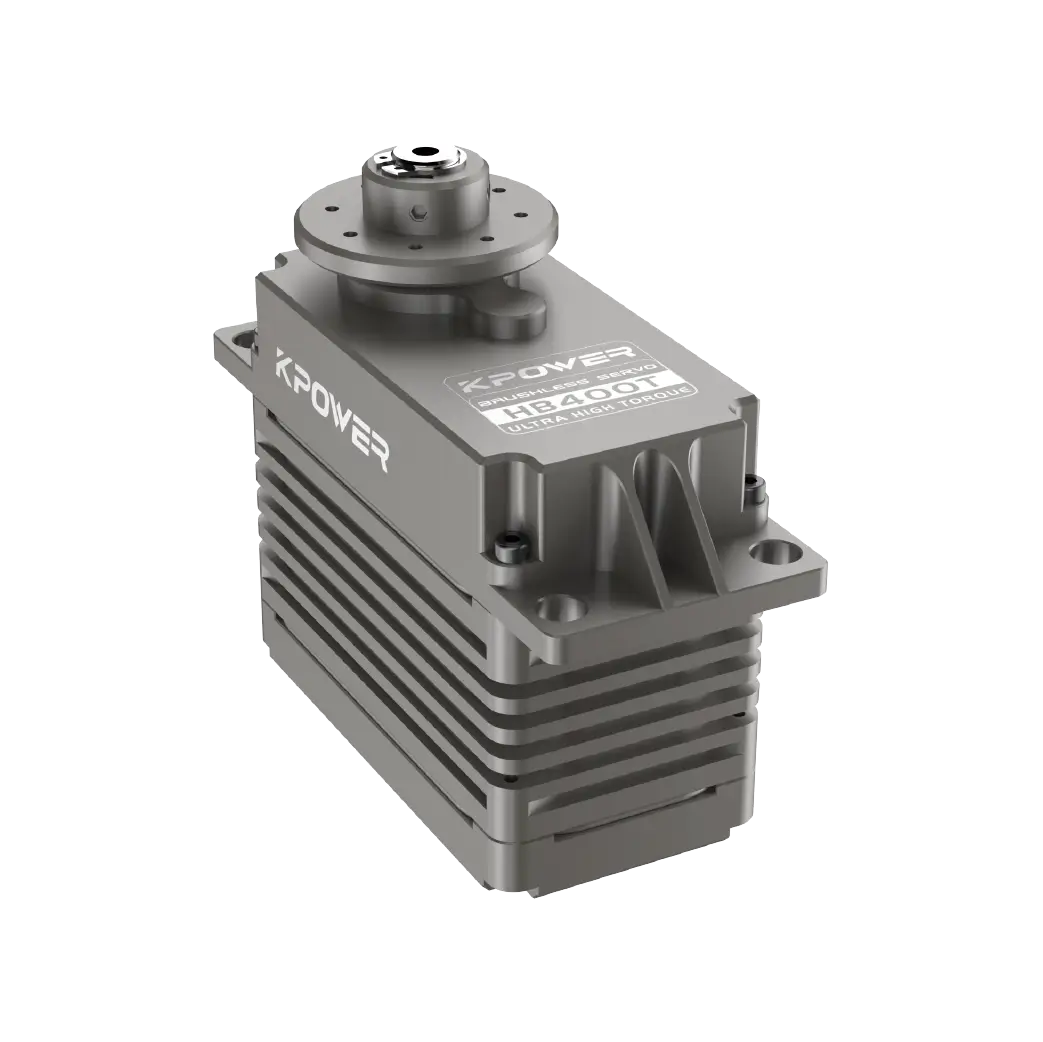The Art of Making Things Move: Why Servo Motors?
Imagine bringing your robot’s handshake to life, animating a Halloween prop, or even automating a mini greenhouse’s vents. At the heart of these projects lies a humble yet powerful component: the servo motor. Unlike regular motors that spin endlessly, servos offer precision—they can rotate to specific angles, hold positions, and respond to subtle commands. And when paired with an Arduino, they become a playground for creativity.

What’s Inside a Servo?
A typical hobby servo (like the popular SG90) houses a DC motor, a gearbox, and a feedback control circuit. The magic happens with the PWM (Pulse Width Modulation) signal from the Arduino, which tells the servo exactly where to move. The servo compares the incoming signal to its current position and adjusts accordingly—like a dancer following a choreographer’s cues.
Choosing Your Servo
Not all servos are created equal. For beginners, the SG90 (9g micro servo) is affordable and versatile. Need more torque? Try the MG996R. For 360-degree continuous rotation, opt for a continuous rotation servo. Pro tip: Check the voltage specs—most servos run on 4.8–6V, so don’t fry them with a 9V battery!
The Bare-Bones Circuit
Let’s build your first servo circuit. You’ll need:
Arduino Uno Servo motor Jumper wires Breadboard (optional)
Step 1: Wiring
Servo’s brown/black wire → Arduino GND Red wire → 5V pin Yellow/orange wire (signal) → Digital pin 9
Step 2: Coding the Motion Upload this sketch to make the servo sweep 0–180 degrees: ```cpp
include
Servo myServo; void setup() { myServo.attach(9); } void loop() { for (int pos = 0; pos <= 180; pos += 1) { myServo.write(pos); delay(15); } for (int pos = 180; pos >= 0; pos -= 1) { myServo.write(pos); delay(15); } }
Boom! Your servo is now dancing. But why stop here? #### Why Arduino + Servo = Endless Possibilities The real fun begins when you integrate sensors. Add a potentiometer to control the servo angle manually, or hook up an ultrasonic sensor to create a motor that reacts to distance. Picture a sunflower that tracks light using LDRs or a pet feeder triggered by a motion sensor. The Arduino’s analog and digital pins act as translators between the physical world and your servo’s movements. Common Pitfalls (and Fixes): - Jittery servo? Add a 100µF capacitor across the power lines. - Not moving? Double-check PWM connections—signal wires are easy to misplace. - Overheating? Avoid forcing the servo beyond its mechanical limits. By now, you’ve got the basics down. But what if you want to scale up? Let’s talk multi-servo setups, advanced control, and real-world hacks. ### Beyond Basics: Advanced Servo Projects and Pro Tips So you’ve mastered the single servo sweep. Time to level up. #### Controlling Multiple Servos Need a robotic arm with 3 joints? Or a pan-tilt camera mount? Arduino can handle multiple servos, but there’s a catch: each servo draws current. Powering them all via the Arduino’s 5V pin risks overheating. Solution: Use an external power supply (e.g., a 6V battery pack) for the servos, and connect its ground to the Arduino’s ground. Wiring for Two Servos: - Servo 1: Signal → Pin 9 - Servo 2: Signal → Pin 10 - Shared external power and ground. Code tweak:
cpp
include
Servo servo1, servo2; void setup() { servo1.attach(9); servo2.attach(10); } // Write separate commands for each servo in loop().
#### Precision Control with Potentiometers Turn a knob, move the servo. Connect a potentiometer’s middle pin to Arduino’s A0, and map its analog readings (0–1023) to servo angles (0–180):
cpp int potPin = A0; void loop() { int val = analogRead(potPin); val = map(val, 0, 1023, 0, 180); myServo.write(val); delay(15); } ``` This is perfect for adjustable camera mounts or custom joysticks.
The Secret Life of Servos: Hacks and Mods
Continuous Rotation Hack: Convert a standard servo into a 360-degree motor by trimming the physical stop and tweaking the code. Feedback Systems: Use a second potentiometer attached to the servo’s output shaft for closed-loop control. 3D-Printed Attachments: Design custom arms, grippers, or gears in Tinkercad and print them for unique projects.
Real-World Applications
Home Automation: Motorize curtains, locks, or plant watering systems. Robotics: Build hexapod walkers or robotic arms. Interactive Art: Create kinetic sculptures that respond to touch or sound.
Troubleshooting Like a Pro
Servo Won’t Move: Check for loose connections. Test with a different servo to rule out hardware issues. Erratic Behavior: Ensure no other devices are drawing too much power. Use servo.detach() in code when idle to reduce jitter. Buzzing Noise: The servo is fighting against a physical obstruction. Reduce the load.
The Future of Servo Control
Explore libraries like Adafruit PWM Servo Driver for controlling 16 servos with just two pins via I2C. Or dive into ROS (Robot Operating System) for industrial-grade robotics.
Final Thoughts
Servo motors are your gateway to making the inanimate alive. With Arduino, you’re not just building circuits—you’re crafting experiences. Whether it’s a whimsical art installation or a functional prototype, the only limit is your curiosity. So grab that servo, tweak the code, and let your projects move the world—literally.











































